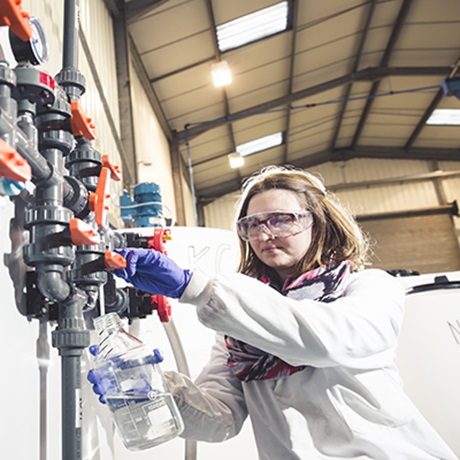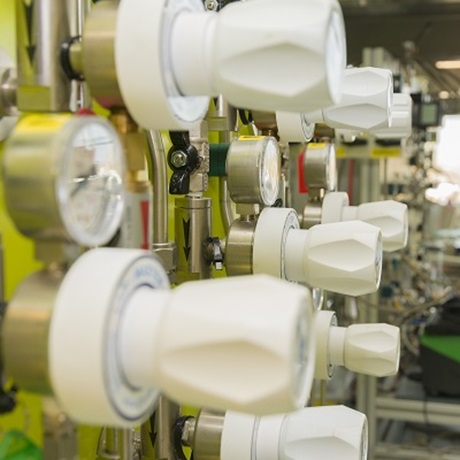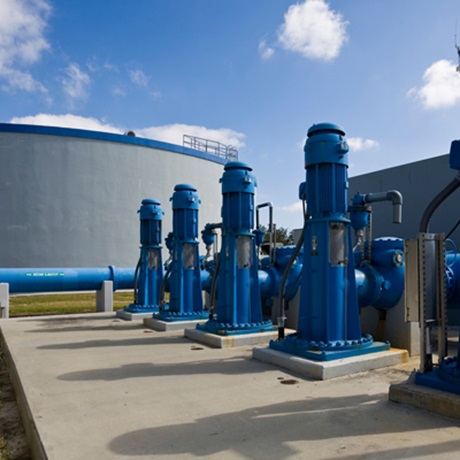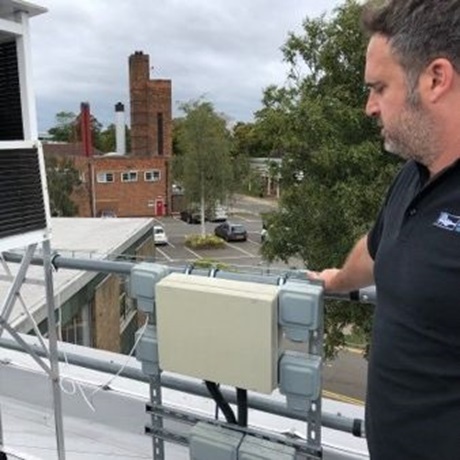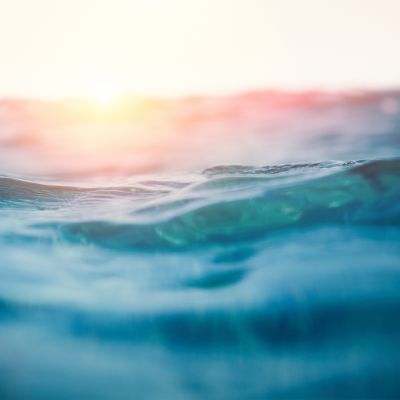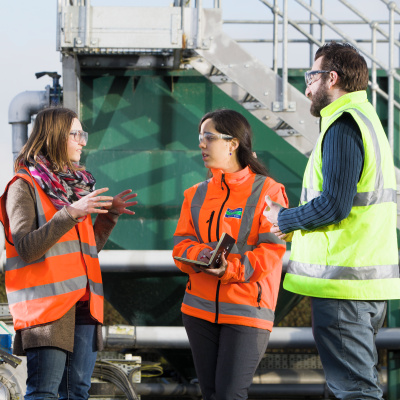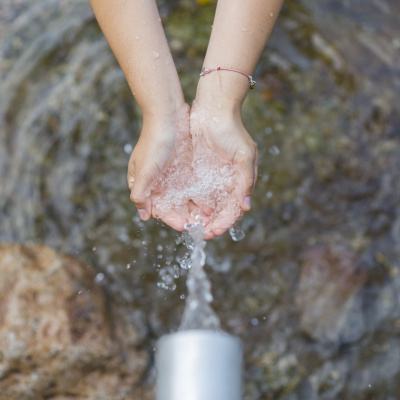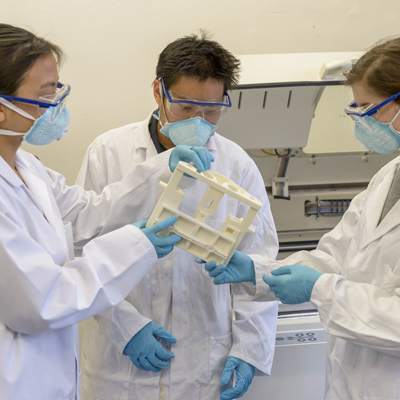Our research primarily revolves around understanding the fundamental mechanisms and pathways necessary to ensure the efficient production of drinking water, addressing both current and future needs. Our overarching goal is to establish a robust scientific foundation that supports the successful adaptation of existing processes and the integration of innovative technologies to tackle emerging challenges and maximize the utilization of alternative water sources, all the way from the source to the tap. Furthermore, we aim to make water supply resilient and fit for purpose in the face of a changing climate, taking into account the pressures of population growth, variable rainfall patterns, and aging infrastructure.
The core challenges that we are researching include:
- Removing recalcitrant pollutants achieving cost-effective removal of recalcitrant pollutants by establishing connections between the characteristics of micro-pollutants and background water, utilizing selective adsorption, oxidation (such as Advanced Oxidation Processes), and biological degradation. Specific areas of focus include pesticides, microplastics and persistent chemicals.
- Providing robust and resilient source to tap water supply Ensuring a robust and resilient water supply from source to tap by comprehending how process properties impact the reliability and stability of drinking water treatment. The scientific objective is to uncover the mechanistic pathways for removing various contaminants (biological and chemical) at each stage of the water treatment process. This research envisions utilizing the catchment area as the initial stage of water treatment, developing expert systems for asset management, and delivering high-quality, stable water in the distribution system, especially as the world shifts away from chemical disinfectants and relies more on lower quality water sources. Enhancing the resilience of drinking water supply in the face of climate change is crucial for both low and high-income countries.
- Minimisation of the impacts of disinfection by-products (DBPs) Minimizing the impacts of DBPs by understanding how treatment processes influence the formation, abundance, and potency of different DBPs across a wide range of potential source waters. The current focus is on assessing the impact of emerging DBPs on risk assessment and determining if simple monitoring techniques are adequate for defining potential risks. Gearing investment towards removing precursors linked to that which have greatest compliance and public health risk.
- Public Health Engineering: Towards zero microbiological failures in drinking water Striving for zero microbiological failures in drinking water by determining the most appropriate methods for measuring the microbial efficacy of water treatment processes, developing new tools for disinfection monitoring, and investigating the influence of low-chemical water treatment on the microbial quality of drinking water. This research involves the development and testing of advanced sensors, including fluorescence and image-based tools, for assessing drinking water quality.
- Engineering aggregates to be fit for purpose Tailoring the chemical and mechanical inputs for engineering aggregates to be fit for purpose based on a comprehensive understanding of the underlying water characteristics (such as concentrations, hydrophobicity, molecular weight, and charge). This work focuses on water sources with high levels of coloured organic compounds, as well as sources containing inorganic particles, nanoparticle catalysts, and wastewater.
- Effective point of use (POU) water treatment for decentralised water supply Implementing effective POU water treatment for decentralized water supply by harnessing emerging technologies to deliver small-scale water treatment solutions that can produce high-quality drinking water. This research aims to determine the necessary operational features for effective POU water treatment and understand the key environmental and socio-economic factors that must be considered for successful implementation in both high and low-income countries.
Recent relevant publications
- Exton B, Hassard F, Medina-Vaya A & Grabowski RC (2023) Polybacterial shift in benthic river biofilms attributed to organic pollution – prospect of a new biosentinel?, Hydrology Research, 54 (3) 348-359. Dataset/s: 10.17862/cranfield.rd.21395136, 10.17862/cranfield.rd.21395109
- Fan W, Li Y, Lyu T, Yu J, Chen Z, Jarvis P, Huo Y, Xiao D & Huo M (2023) A modelling approach to explore the optimum bubble size for micro-nanobubble aeration, Water Research, 228, Part A (January) Article No. 119360.
- Fernández-Pascual E, Droz B, O’Dwyer J, O’Driscoll C, Goslan EH, Harrison S & Weatherill J (2023) Fluorescent dissolved organic matter components as surrogates for disinfection byproduct formation in drinking water: a critical review, ACS ES&T Water, Available online 12 June 2023.
- Singh S, Pitchers R & Hassard F (2022) Coliphages as viral indicators of sanitary significance for drinking water, Frontiers in Microbiology, Available online 26 July 2022.













